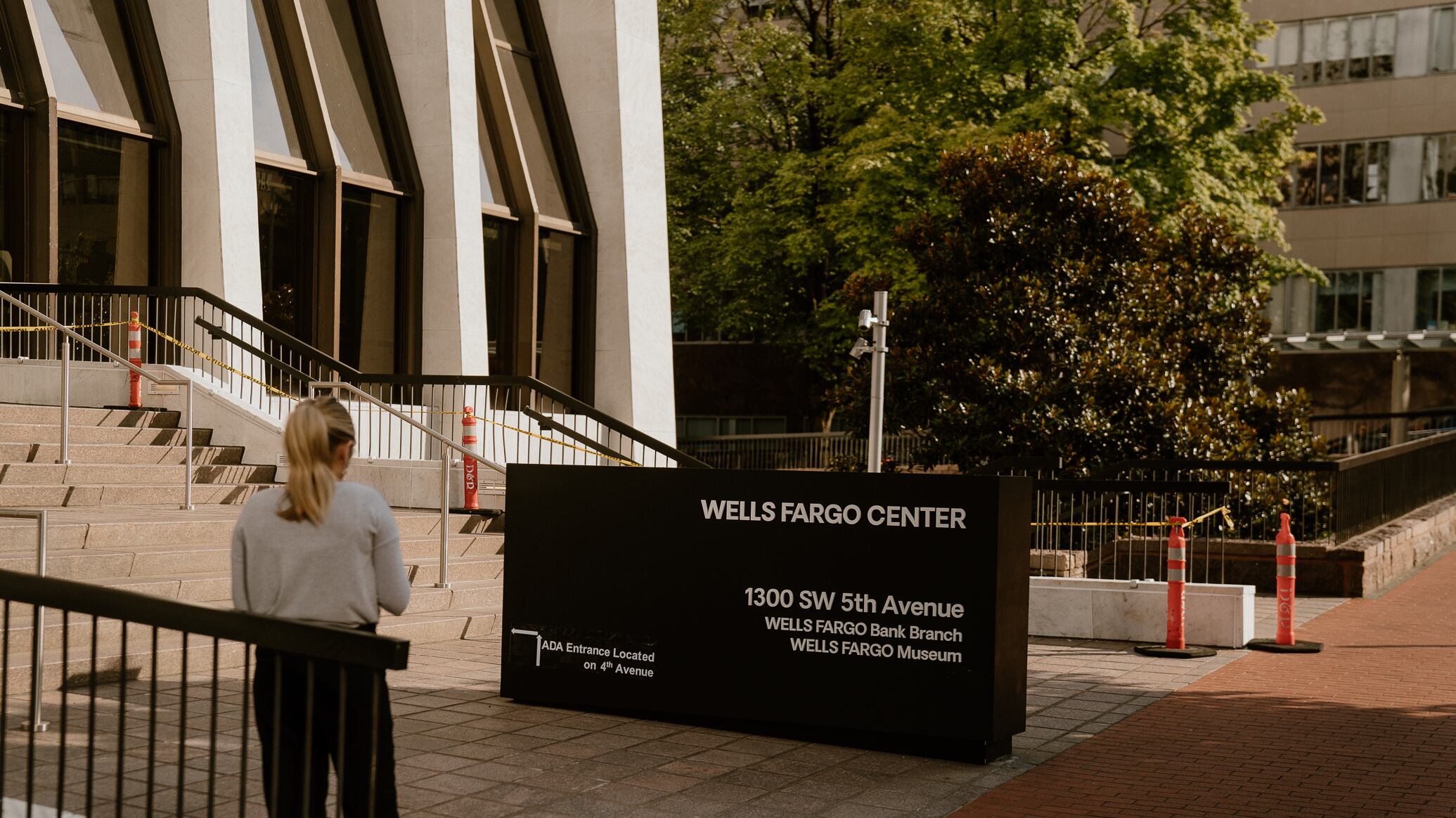Downtown Portland’s towers kept hemorrhaging tenants in the final quarter of 2024, hurt by employers’ unwillingness to require workers to spend more time in the office, as they are in other U.S. cities, the real estate firm Colliers reports.
The vacancy rate in the central business district rose to 34.7% during the fourth quarter from 33.8% in the third, Colliers said. For all of 2024, more than 1 million square feet of downtown office space went vacant.
“The Portland office market has yet to regain confidence, with most deals appearing to carry over from previous quarters rather than reflecting fresh activity,” Colliers researcher Gendrit Hoxha wrote. “The impact of return-to-office mandates, which are being rolled out nationally as companies seek to balance flexibility with in-person collaboration, has yet to materialize in the Portland market.”
Before he took office Jan. 1, Mayor Keith Wilson told city workers he wanted them to come back into the office four days a week, a move lauded by Portland business leaders who think downtown will struggle as long as workers are allowed to stay away most days.
But after grousing from city employees and union leaders, Wilson backtracked. In an email to WW earlier this month, his chief of staff, Aisling Coghlan, said that “current budget constraints and our ongoing efforts to address unsheltered homelessness” made a return of staff impossible this year.
“It’s a question of priorities,” city spokesman Cody Bowman wrote in response to a follow-up question from WW about why the two goals were in conflict. “Mayor Wilson has fully committed to addressing the public crisis on our streets and effectively addressing the budget gap. Revisiting work arrangements and negotiating new contracts that reflect a return to office will have to wait for another day.”
One bright spot in Colliers’ fourth quarter report: The pace at which downtown space went vacant slowed for the third quarter in a row, thanks to companies signing new leases. Total leasing volume rose 60% in the fourth quarter from the third. Consulting firm KPMG took 29,921 square feet in the Wells Fargo Center, Colliers said, and law firm Perkins Coie leased 29,239 square feet in the Brewery Blocks.
Also: Clark County, Wash., is killing it. Vancouver and its environs added tenants for the second consecutive quarter, driving the vacancy rate down to just 8.3%. Across the whole metro area, including Vancouver, the vacancy rate rose to 24.4% from 24.1% in the third quarter.
Hoxha said a sustainable recovery depends in part on a change in office requirements for city workers.
“The Portland office market still has many hurdles to overcome before beginning its prolonged recovery, but some foundational elements are beginning to emerge,” Hoxha wrote. “As we go into 2025, key elements to monitor will be the potential for increased demand, changes to public and private policy and an interest in securing strategically located and amenitized office space downtown.”

